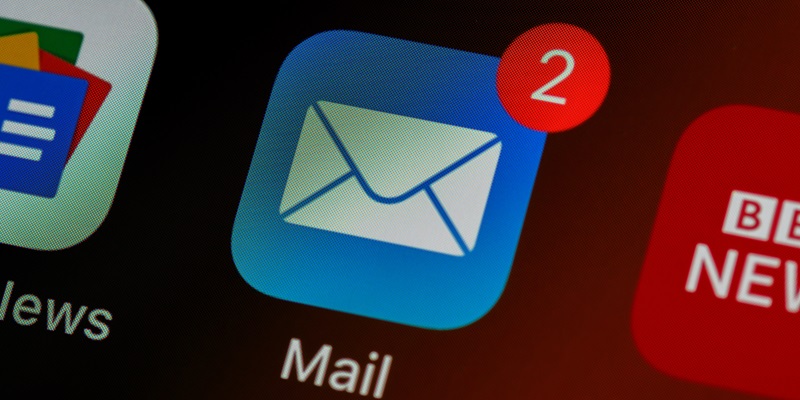Email marketing has long been hailed as one of the most powerful tools in a marketer’s arsenal. It allows for direct communication with potential and existing customers, delivering personalized messages, and generating measurable results. However, the landscape of email marketing has become increasingly complex, with evolving regulations and consumer expectations. As a result, email marketers face the formidable challenge of satisfying multiple stakeholders while navigating through the intricacies of this ever-changing domain.
The challenges faced by email marketers in satisfying stakeholders
Email marketers are tasked with a challenging job – meeting the expectations and demands of a diverse array of stakeholders. These stakeholders include recipients, who seek relevant and engaging content; businesses, which aim to drive revenue and conversions; and regulators, who enforce policies to protect consumers from spam and privacy violations. Balancing these sometimes competing demands requires a careful strategy and a deep understanding of both marketing best practices and legal requirements.
The weak anti-spam and privacy laws in the US
While email marketing has proven its effectiveness, the United States has lacked comprehensive anti-spam and privacy laws. This has led to an increase in problematic practices such as unsolicited emails and data misuse. Recognizing the need for stronger legislation, an increasing number of states have taken matters into their own hands, introducing and passing privacy laws to protect consumer interests.
Canada’s CASL and the EU’s GDPR
In contrast to the US, Canada and the European Union have implemented modern anti-spam and privacy laws. Canada’s anti-spam legislation (CASL) and the EU’s General Data Protection Regulation (GDPR) establish stringent standards that align with the expectations of today’s consumers. With a focus on consent and transparency, these laws empower individuals by ensuring they are adequately informed and in control of the information collected about them, including control over who can access their inboxes.
Inbox Providers
Inbox providers, including Google, Apple, Microsoft, Yahoo, and others, play a crucial role in protecting their users from unwanted emails. While they aim to deliver relevant content, these providers are highly aligned with consumer interests, prioritizing spam filtering and user privacy. By implementing sophisticated algorithms and filters, they reduce the onslaught of unwanted emails from both unknown and known senders, creating a safer and more enjoyable email experience for users.
Blocklist Operators
Blocklist operators, such as Spamhaus, are crucial players in the fight against email spam. They actively monitor and identify sources of spam, enforce proper acquisition practices, and encourage good list hygiene. By maintaining and sharing up-to-date information on known spammers and violations, blocklist operators further protect inbox providers and their users from potentially harmful and irrelevant email campaigns.
New deliverability standards by Google and Yahoo
In February 2024, Google and Yahoo announced joint deliverability standards designed to enhance user experiences with email. These new standards build on a long tradition of prioritizing user interests. By imposing stricter rules and criteria for email marketers, these inbox providers aim to ensure that only legitimate and relevant messages reach users’ inboxes. This move bolsters brand reputation and contributes to a more trustworthy email ecosystem.
Helping users sort and prioritize incoming messages
In addition to combating spam, another central goal of inbox providers is to assist users in effectively organizing their inboxes. Recognizing the vast amount of emails individuals receive daily, inbox providers offer features like intelligent filtering, priority inbox, and folder categorization. These tools empower users to locate and give attention to the messages they value most, enhancing overall email productivity and user satisfaction.
Apple is the largest email provider in the US
Notably, Apple, the largest email provider in the US, has been actively expanding its focus beyond spam detection and prioritization. With a steadfast commitment to user privacy, Apple has introduced measures to safeguard its users’ personal information. By implementing features such as enhanced tracking prevention, intelligent tracking prevention, and strict data sharing guidelines, Apple aims to provide a more private email experience, aligning with its broader stance on privacy across its ecosystem.
Email marketing remains a powerful tool, but its complexity continues to grow as stakeholders’ demands shift and regulations evolve. Meeting these challenges requires email marketers to adopt practices that respect consumer interests and align with stronger anti-spam and privacy laws. Moreover, staying abreast of the strategies and innovations employed by inbox providers is crucial for maintaining successful email campaigns. By navigating this multifaceted landscape with sensitivity, transparency, and a commitment to user experiences, email marketers can unlock the true potential of this dynamic marketing channel.

